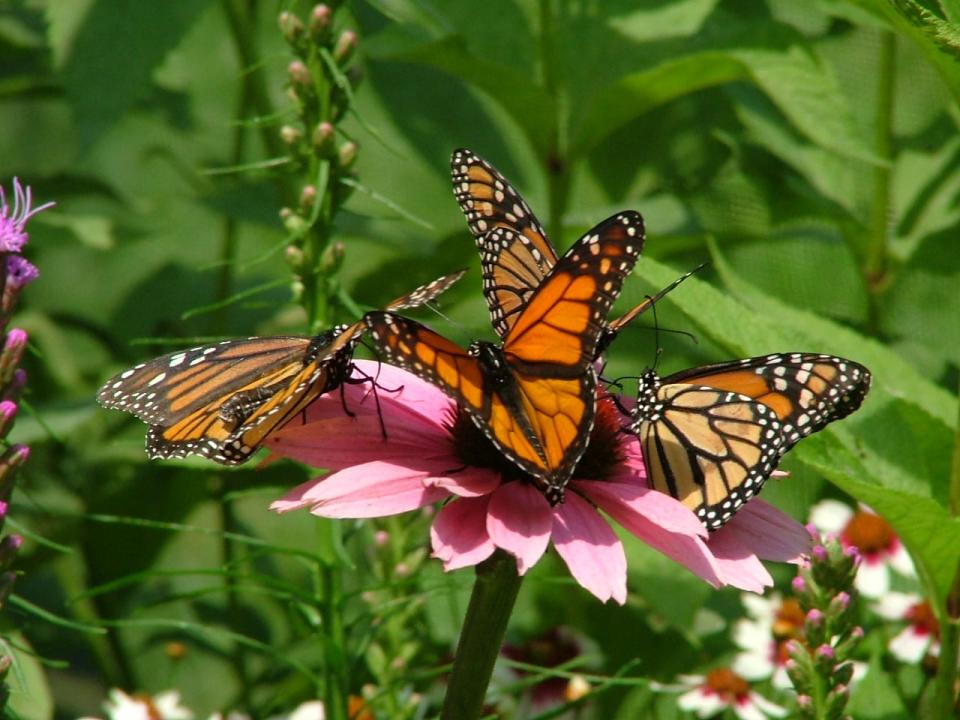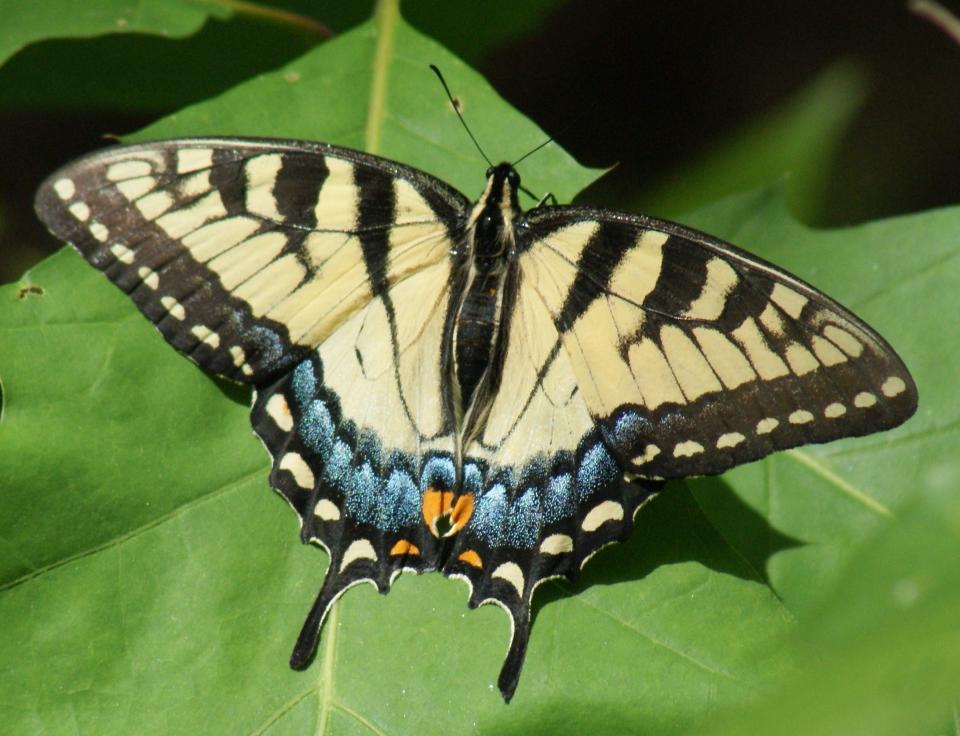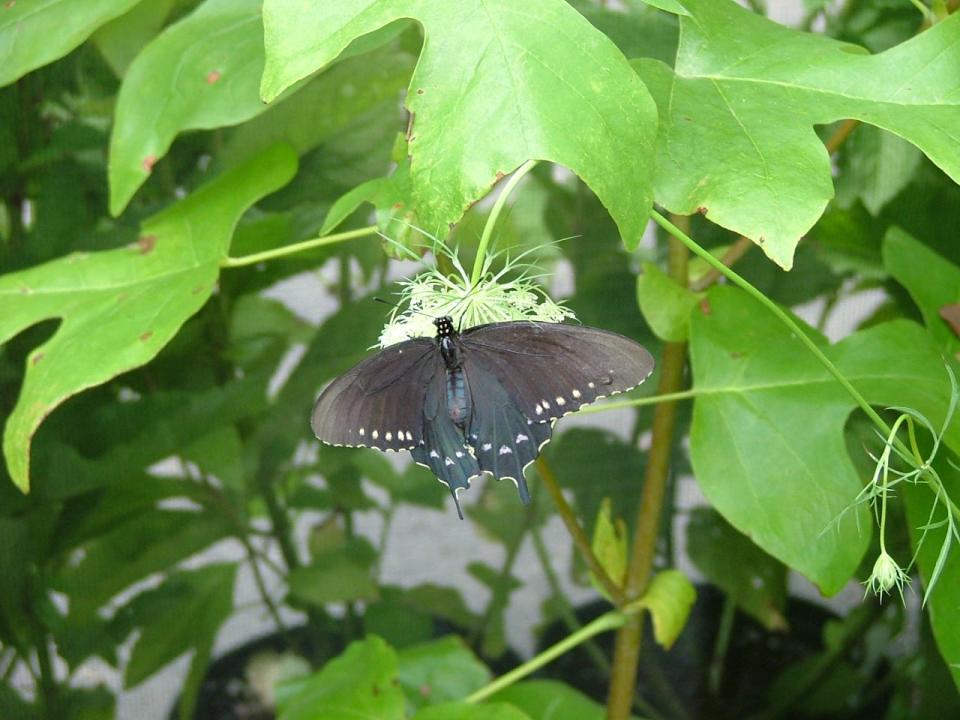Are you a moth or a butterfly?
Spring is here and in honor of this season of blooming and blossoming, we’re going to highlight some very important pollinators: butterflies and moths. Let’s discover how they’re different and how they’re similar. Which do you relate to more?

Are you a moth or a butterfly? To find out the answer, check out the following questions:
Do you prefer soft, fluffy textures or smooth, silky textures?
Soft and fluffy
Smooth and silky
Would you rather wear neutral colors or bright colors?
Neutral
Bright
Do you prefer to sleep all spread out or tucked in tight?
Spread out
Tucked in
Would you rather stay up late or wake up early?
Stay up late
Wake up early
Do you prefer a soft mattress or a firm mattress?
Soft mattress
Firm mattress
If you answered “A” most often, you’re a moth – “B” means you’re a butterfly! Read on to find out why.
Textures: Moths have feathery, almost fluffy textures on their body, especially their antennae. Butterflies have smooth, silky antennae.
Colors: Butterflies tend to be brightly colored to attract mates and camouflage with flowers. Moths are often more neutral colors, relying on their sense of smell to find a mate.

Sleeping: When moths rest their wings, they hold them out like a tent. When butterflies are resting, their wings are usually held vertically together over their back.
Waking: Moths are generally nocturnal, meaning they come out at night. Butterflies tend to be diurnal, meaning they’re active during the day.
Mattress: When butterflies go through metamorphosis, the caterpillar forms a chrysalis, which is a hard structure made of proteins. When moths go through metamorphosis, the caterpillar forms a cocoon, which is spun from soft silk.
Whether you’re a moth or a butterfly, both of these creatures are incredibly important. They are pollinators, they make up an important element of the food web, and they can indicate the overall health of an environment. The next time you touch a soft blanket or put on a bright yellow shirt, think about our winged friends.
Learn more at wildwnc.org.

This article originally appeared on Greenville News: Are you a moth or a butterfly?

